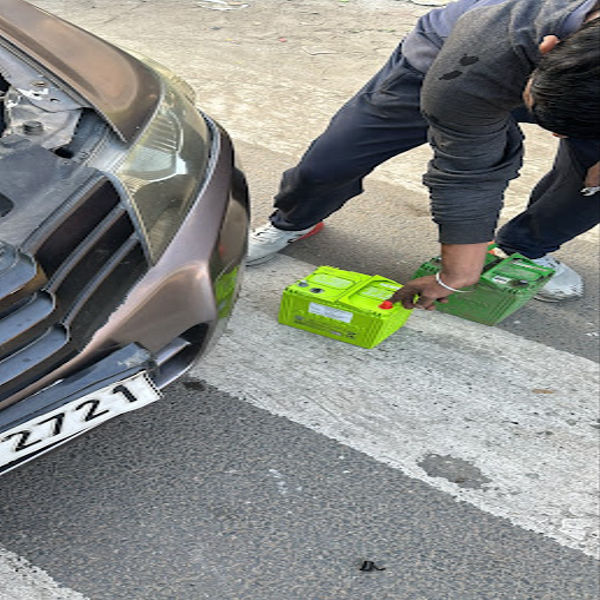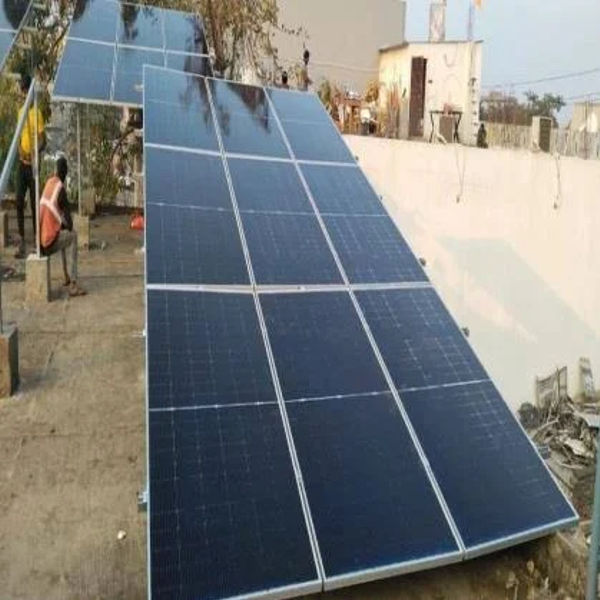Here are the key details about UPS and batteries rental and maintenance: What is UPS and Batteries Rental? UPS and batteries rental is a service that provides temporary or long-term rental of UPS systems and batteries to meet your power backup needs. This service is ideal for organizations that require a reliable power backup solution for a short period or for those who do not want to invest in purchasing a UPS system. Benefits of UPS and Batteries Rental Cost-Effective: Rental options are often more cost-effective than purchasing a UPS system, especially for short-term needs. Flexibility: Rental options provide flexibility to upgrade or downgrade your power backup solution as needed. Quick Deployment: Rental UPS systems and batteries can be quickly deployed to meet your power backup needs. Types of UPS and Batteries Rental Short-Term Rental: Rental options for a short period, typically for events or temporary power backup needs. Long-Term Rental: Rental options for an extended period, typically for organizations that require a reliable power backup solution for an extended period. Customized Rental: A tailored rental solution that meets the specific needs of your organization. What is UPS and Batteries Maintenance? UPS and batteries maintenance is a service that ensures the smooth functioning of your UPS system and batteries. This service includes regular maintenance, repairs, and replacement of parts to prevent downtime and data loss. Benefits of UPS and Batteries Maintenance Reduced Downtime: Regular maintenance ensures that your UPS system and batteries are functioning properly, reducing the risk of downtime and data loss. Extended Equipment Life: Maintenance helps to extend the life of your UPS system and batteries by identifying and replacing worn-out parts. Priority Support: With a maintenance contract, you get priority support and response times, ensuring that your issues are resolved quickly. Services Covered Under UPS and Batteries Maintenance Regular Maintenance: Scheduled maintenance visits to ensure the UPS system and batteries are functioning properly. Repair and Replacement: Repair or replacement of faulty parts to ensure the UPS system and batteries are functioning at optimal levels. Battery Testing and Replacement: Testing and replacement of batteries to ensure they are functioning within specified parameters. UPS System Testing: Testing of the UPS system to ensure it is functioning properly and providing clean power to your equipment. Types of UPS and Batteries Maintenance Comprehensive Maintenance: Covers all maintenance, repairs, and replacement of parts. Non-Comprehensive Maintenance: Covers only maintenance and repairs, with replacement of parts at an additional cost. Customized Maintenance: A tailored maintenance solution that meets the specific needs of your organization. Why is UPS and Batteries Rental and Maintenance Important? Business Continuity: UPS and batteries rental and maintenance ensure that your business remains operational even during power outages, reducing the risk of data loss and downtime. Data Protection: Rental and maintenance services help to protect your critical data by ensuring that your UPS system and batteries are functioning properly. Equipment Protection: Rental and maintenance services help to protect your equipment from power surges and spikes, reducing the risk of damage and downtime.
Send Message







